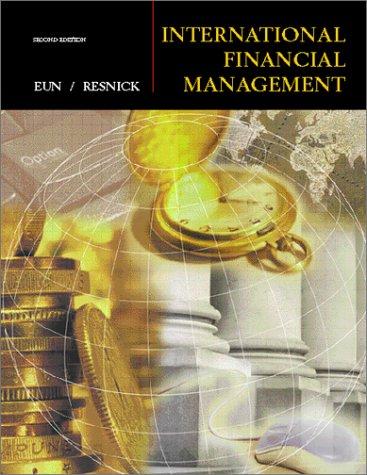Question
1. An investor's degree of risk aversion will determine his or her optimal risky portfolio risk-free rate optimal mix of the risk-free asset and risky
1.
An investor's degree of risk aversion will determine his or her
optimal risky portfolio
risk-free rate
optimal mix of the risk-free asset and risky asset
capital allocation line
2.
Assume that investors can invest in a risk-free asset and more than 2 risky assets. Which of the following statements is correct, according to portfolio theory?
The optimal risky portfolio for all investors should have the lowest volatility.
All investors, regardless of risk aversion levels, will choose optimal complete portfolios on the same capital allocation line.
If an investor is more risk averse, he would choose the risky portfolio with a lower volatility.
If an investor is more risk averse, he would allocate a smaller fraction of his entire complete portfolio to the risk-free asset.
3.
No diversification benefits can be achieved by combining securities in a portfolio when the correlation between the securities is _____.
1
less than 1
between 0 and 1
less than or equal to 0
Step by Step Solution
There are 3 Steps involved in it
Step: 1

Get Instant Access to Expert-Tailored Solutions
See step-by-step solutions with expert insights and AI powered tools for academic success
Step: 2

Step: 3

Ace Your Homework with AI
Get the answers you need in no time with our AI-driven, step-by-step assistance
Get Started


